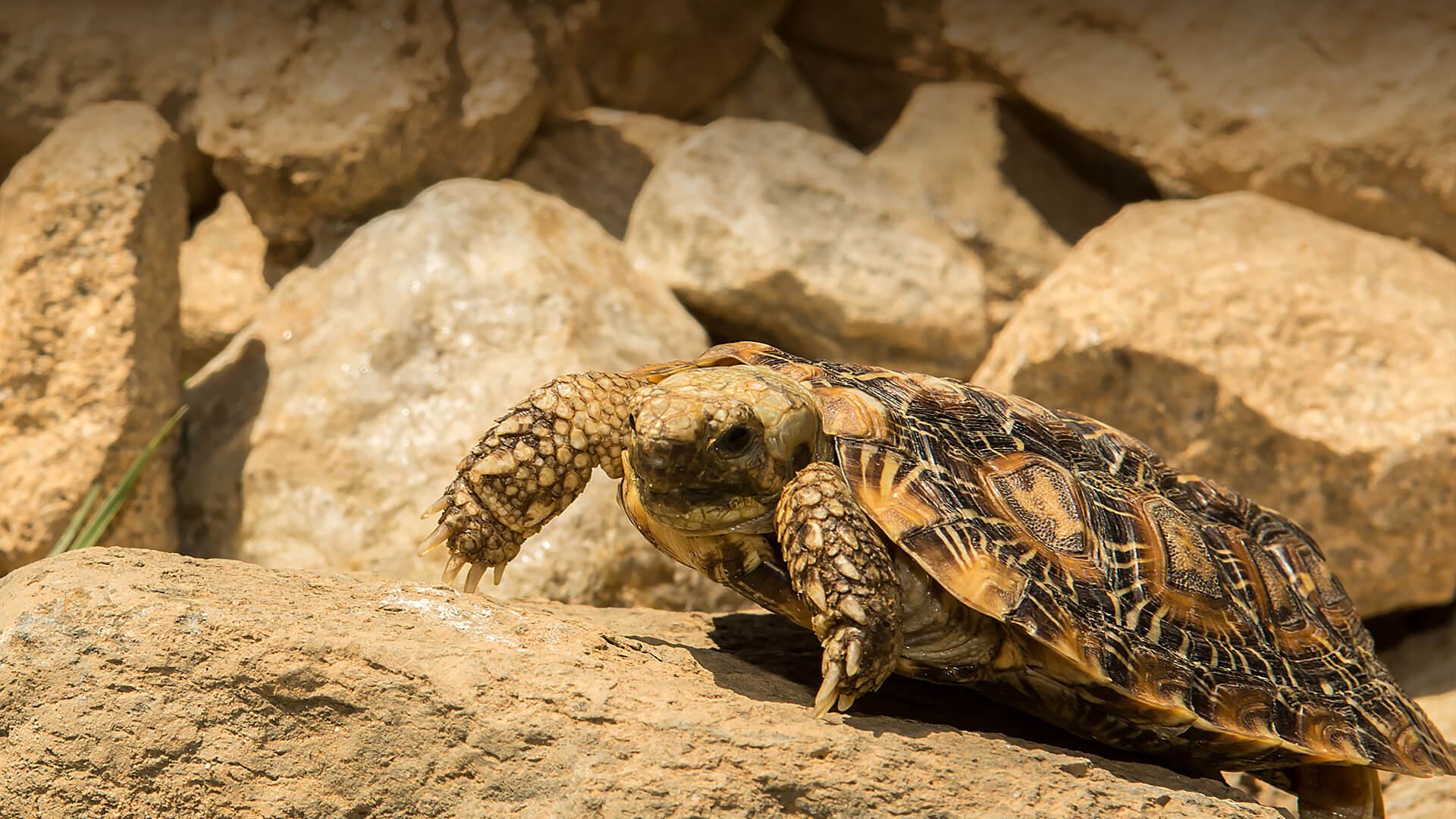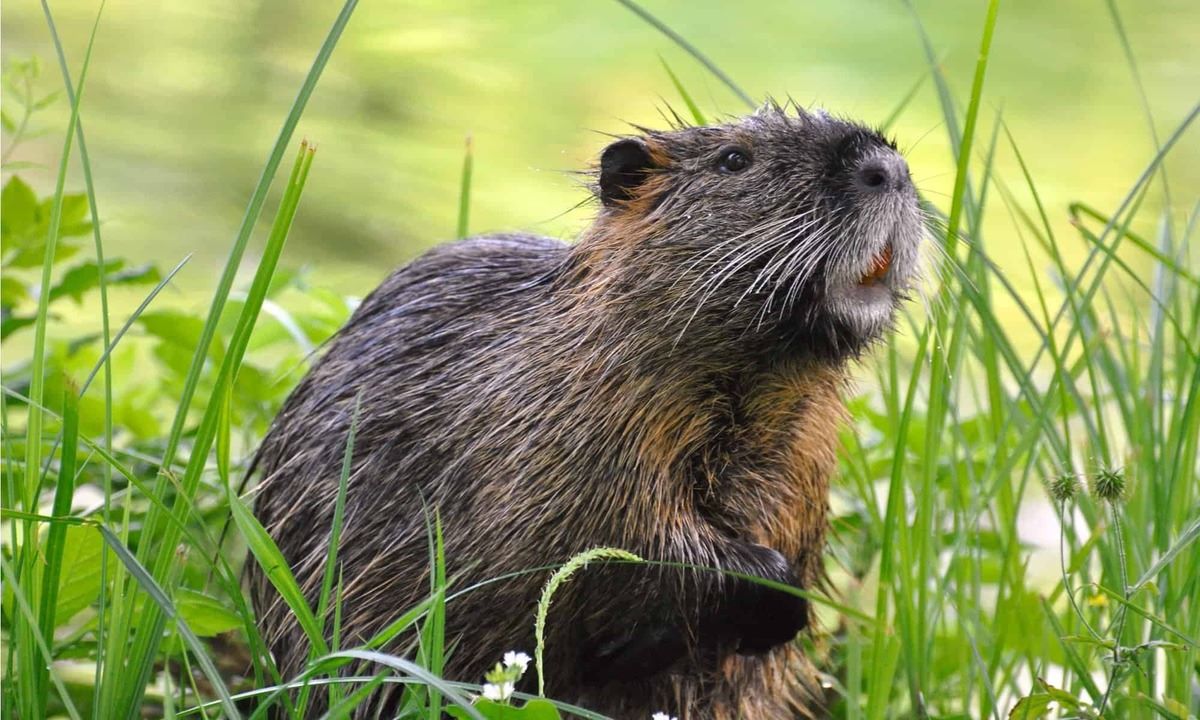
When it comes to fascinating creatures, turtles definitely take the cake (or in this case, the pancake!). Pancake turtles, also known as pancake tortoises, are one of the most unique and intriguing species of turtles out there. With their flat, pancake-like shells and incredible climbing abilities, these reptiles have captured the imagination of animal enthusiasts worldwide.
In this article, we will dive into the world of pancake turtles and uncover 15 fascinating facts about these shelled wonders. From their interesting physical characteristics to their behavior and habitat, you’ll get a comprehensive understanding of what makes pancake turtles so special.
So, grab a stack of pancakes (or not) and get ready to be amazed by the extraordinary world of pancake turtles!
Key Takeaways:
- Pancake turtles have a flat, pancake-like appearance, are skilled swimmers, and communicate through body language and vocalizations. They are endangered due to habitat loss and poaching.
- Conservation efforts are crucial to protect pancake turtles and their habitat. Education, awareness campaigns, and captive breeding programs are essential for their survival.
The Pancake Turtle’s Unique Appearance
Pancake turtles, also known as flat-faced turtles, get their name from their pancake-like flattened shape. Their shells are flat and wide, enabling them to glide through the water with ease.
Pancake Turtles and their Aquatic Habitat
These fascinating creatures are freshwater turtles that are native to Southeast Asia. They are primarily found in the slow-moving rivers, marshes, and ponds of countries like Thailand, Vietnam, Cambodia, and Malaysia.
Pancake Turtles and Adaptation
One of the most remarkable features of pancake turtles is their ability to blend into their surroundings. Their smooth shell, which resembles a rock or a fallen leaf, provides excellent camouflage, helping them avoid predators.
A Slim and Agile Swimmer
Despite their flat appearance, pancake turtles are highly skilled swimmers. Their streamlined bodies and webbed feet enable them to navigate through water effortlessly, making them agile hunters.
Pancake Turtles’ Diet and Feeding Habits
These omnivorous turtles have a varied diet. They feed on small fish, insects, crustaceans, and aquatic vegetation. Their slow and patient hunting technique allows them to ambush their prey effectively.
Pancake Turtles and their Endangered Status
Unfortunately, the pancake turtle is considered an endangered species due to habitat loss and poaching. Their beautifully patterned shells make them a target for the illegal pet trade, further threatening their population.
Pancake Turtles and Human Interaction
Though these turtles are generally shy and elusive, they have been known to be curious and approachable towards humans. However, it is important to remember that they are wild animals and should be observed from a distance.
Pancake Turtles’ Lifespan
On average, pancake turtles can live up to 20 years in the wild. However, with proper care and a suitable habitat, they have been known to live well into their 30s in captivity.
Pancake Turtles and their Nesting Habits
Female pancake turtles travel to land to lay their eggs. They dig shallow nests in sandy or muddy areas and bury their eggs before returning to the water. The temperature at which the eggs are incubated determines the sex of the hatchlings.
Pancake Turtles and their Unique Communication
Pancake turtles communicate through a combination of body language, tactile signals, and vocalizations. They use specific movements and postures to convey dominance, submission, and courtship intentions.
Pancake Turtles and Hibernation
During cooler months, pancake turtles enter a period of hibernation known as brumation. They bury themselves in the muddy bottom of ponds or rivers, where they remain dormant until the warmer temperatures return.
Pancake Turtles and their Predators
Natural predators of pancake turtles include larger fish, birds of prey, and other aquatic predators. Their ability to camouflage and their fast swimming speed help them evade many potential threats.
Pancake Turtles and Their Sleep Patterns
Like many reptiles, pancake turtles do not sleep in the same way humans do. They experience periods of inactivity and rest throughout the day, alternating between basking in the sun and hiding in the water.
Pancake Turtles and Social Behavior
Pancake turtles are generally solitary creatures, preferring to spend most of their time alone. However, during the breeding season, males will compete for the attention of females through gentle courtship rituals.
Pancake Turtles and Conservation Efforts
Conservation organizations around the world are working hard to protect the pancake turtle and its habitat. Efforts include education and awareness campaigns, habitat restoration, and captive breeding programs to help bolster their population.
These 15 Pancake Turtle Facts are just a glimpse into the intriguing world of these unique reptiles. Their distinctive appearance and behaviors make them a true marvel of nature. It is crucial that we continue to learn about and conserve these wonderful creatures to ensure their survival for future generations to enjoy.
Conclusion
In conclusion, pancake turtles are fascinating creatures with unique characteristics that make them stand out among other turtle species. From their flattened shell to their ability to camouflage in their surroundings, these turtles have adapted to their environment in incredible ways. Pancake turtles not only have interesting physical attributes but also play an essential role in maintaining the ecological balance of their habitats.If you ever come across a pancake turtle, remember to appreciate their beauty and respect their natural habitat. It is crucial to ensure their conservation and protection, as these enchanting creatures contribute to the richness and diversity of our planet’s wildlife.
FAQs
1. What is the scientific name for pancake turtles?
The scientific name for pancake turtles is Malaclemys terrapin centrata.
2. How big do pancake turtles usually grow?
Pancake turtles typically grow to be around 5 to 7 inches in length.
3. Are pancake turtles good swimmers?
Yes, pancake turtles are excellent swimmers due to their streamlined bodies and strong limbs.
4. What do pancake turtles primarily eat?
Pancake turtles are omnivorous, meaning they eat both plants and small aquatic animals such as insects and crustaceans.
5. Where can pancake turtles be found?
Pancake turtles are native to the southeastern United States, primarily inhabiting brackish and freshwater marshes.
6. Is it legal to own a pancake turtle as a pet?
In some states, it is legal to own a pancake turtle as a pet. However, it is crucial to research local laws and regulations before considering them as pets.
7. How do pancake turtles protect themselves?
Pancake turtles protect themselves by retracting their head and limbs into their shells and using their strong jaws for defense.
8. Can pancake turtles survive outside of water?
While pancake turtles are primarily aquatic, they can survive outside of water for short periods but need access to water to thrive.
9. How long do pancake turtles live?
Pancake turtles have an average lifespan of around 15 to 20 years.
10. Are pancake turtles an endangered species?
Yes, pancake turtles are classified as a species of concern due to habitat loss and over-harvesting for the pet trade.
Was this page helpful?
Our commitment to delivering trustworthy and engaging content is at the heart of what we do. Each fact on our site is contributed by real users like you, bringing a wealth of diverse insights and information. To ensure the highest standards of accuracy and reliability, our dedicated editors meticulously review each submission. This process guarantees that the facts we share are not only fascinating but also credible. Trust in our commitment to quality and authenticity as you explore and learn with us.


